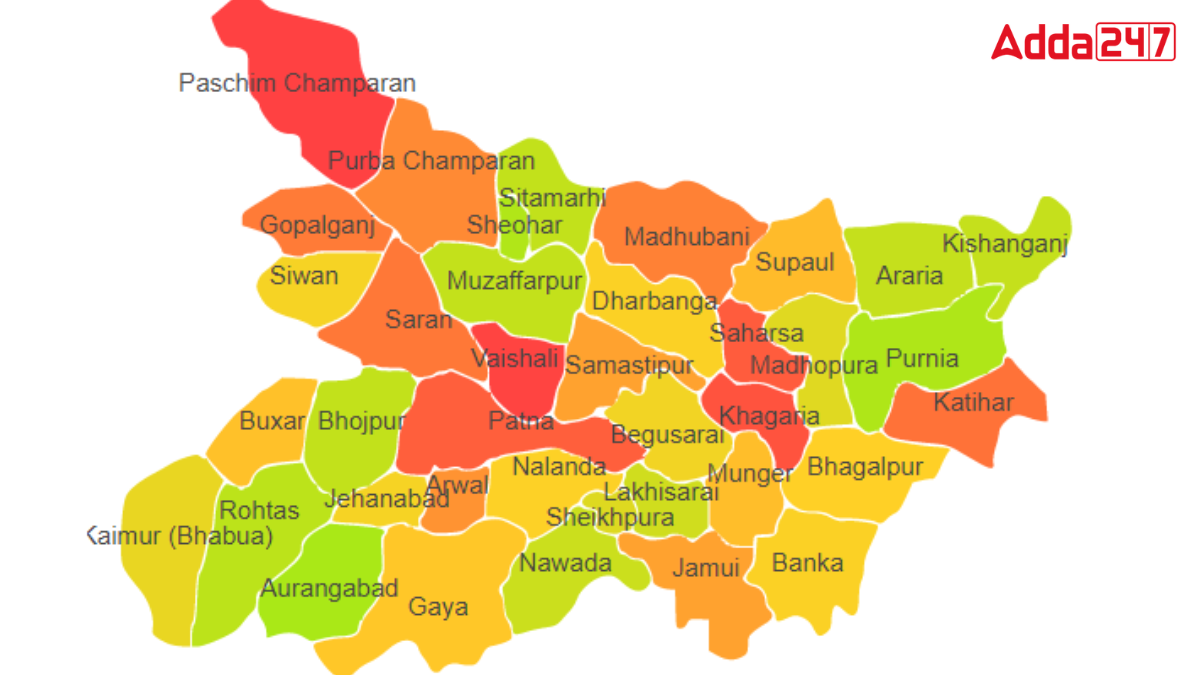Bihar, a state in eastern India, has seen significant improvements in literacy over the years. Among its various districts, Rohtas stands out as the most literate district in the state. This article explores the reasons behind Rohtas’ high literacy rate and the factors contributing to its success.
An Overview of Bihar
Bihar, located in eastern India, is a state rich in history and culture. Known for its ancient universities like Nalanda and Vikramshila, Bihar has a diverse population and a predominantly agrarian economy. Key cities include Patna, the capital, and Gaya, a major pilgrimage site. Despite challenges in infrastructure and literacy, Bihar is making strides in education and economic development.
Number of Districts in Bihar
Bihar, an eastern Indian state, is divided into 38 districts. It is landlocked by Nepal, West Bengal, Uttar Pradesh, and Jharkhand. Bihar ranks as the third largest state by population and the 12th largest by area. The state boasts a rich history and diverse culture, with districts playing a crucial role in its administrative and economic framework.
Literacy Rate in Bihar
Bihar has a total literacy rate of 79.7%. The literacy rate for males stands at 70.32%, while for females, it is 53.57%. Despite these figures showing progress, there remains a significant gender gap in literacy. Efforts are ongoing to improve education access and quality, aiming to raise these rates further and bridge the disparity between male and female literacy.
Most Literate District in Bihar
Rohtas is the most literate district in Bihar, boasting a literacy rate of 73.37%. This district stands out for its educational achievements within the state. Efforts in improving educational infrastructure and various literacy programs have contributed to Rohtas’s high literacy rate, setting an example for other districts in Bihar to follow in the pursuit of educational excellence.
Literacy Rate in Rohtas
Rohtas, a district in Bihar, has a population of 2,959,918, with 1,799,832 literates, resulting in a literacy rate of 73.37%. This makes it one of the most literate districts in the state. Efforts in enhancing educational infrastructure and literacy programs have significantly contributed to this achievement, reflecting the district’s commitment to education and development.




 Exploring Bondi Beach: Sun, Surf and Syd...
Exploring Bondi Beach: Sun, Surf and Syd...
 Chakrashila Wildlife Sanctuary: Location...
Chakrashila Wildlife Sanctuary: Location...
 Top-7 Oldest Palaces in India, Check the...
Top-7 Oldest Palaces in India, Check the...







